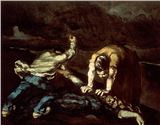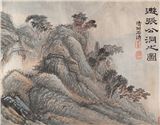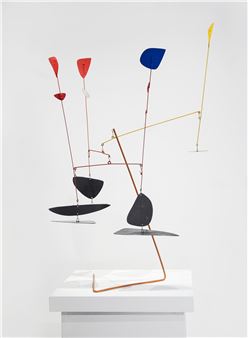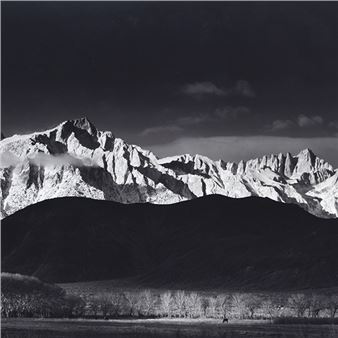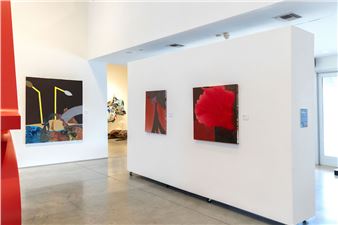Andy Warhol Polaroids: Wicked Wonders
Heather James Fine Art, Palm Desert
Palm Desert | California | USAWhat could be more American than Pop Art and who else but Andy Warhol is the most American Pop Artist? Through a veneer of glamor Warhol distilled the essence of American society in its consumption and desires. Despite his association with lavish parties, Warhol was always observing. As Diana Vreeland, Warhol’s friend and herself represented in this exhibition, said, “The eye has to travel.”
Warhol carried a Polaroid camera from the 1950s until his death in 1987. In ways that echoed our current habits with smart phones, Warhol’s polaroids are instant and numerous. Even the early days of Instagram mimicked polaroids aesthetically and metaphorically. Warhol’s reach is even felt with contemporary photographers. In Warhol’s images of everyday objects, we see a lineage to Wolfgang Tillmans and Juergen Teller. The photographs, taken on the spur of the moment and developed within minutes, also speak to the transience and ephemera of culture.
Warhol would use these polaroids for his paintings and referred to the photographs as his “pencil and paper”. It is important to note that the polaroids stayed with Warhol, despite pleas from his subjects. They are a record of his life and his practice while reflecting the idea of inclusion and exclusion, glamour and desolation.
Capturing the bright and the beautiful, the famous and infamous, Warhol’s polaroids are an unfiltered look into society while being a record of the life of one of America’s most important artists. They speak to the power of image and illusion.
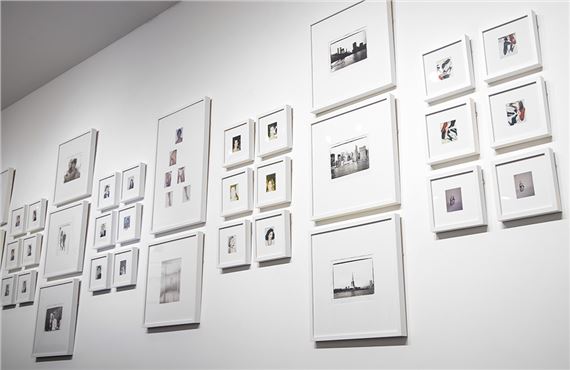
What could be more American than Pop Art and who else but Andy Warhol is the most American Pop Artist? Through a veneer of glamor Warhol distilled the essence of American society in its consumption and desires. Despite his association with lavish parties, Warhol was always observing. As Diana Vreeland, Warhol’s friend and herself represented in this exhibition, said, “The eye has to travel.”
Warhol carried a Polaroid camera from the 1950s until his death in 1987. In ways that echoed our current habits with smart phones, Warhol’s polaroids are instant and numerous. Even the early days of Instagram mimicked polaroids aesthetically and metaphorically. Warhol’s reach is even felt with contemporary photographers. In Warhol’s images of everyday objects, we see a lineage to Wolfgang Tillmans and Juergen Teller. The photographs, taken on the spur of the moment and developed within minutes, also speak to the transience and ephemera of culture.
Warhol would use these polaroids for his paintings and referred to the photographs as his “pencil and paper”. It is important to note that the polaroids stayed with Warhol, despite pleas from his subjects. They are a record of his life and his practice while reflecting the idea of inclusion and exclusion, glamour and desolation.
Capturing the bright and the beautiful, the famous and infamous, Warhol’s polaroids are an unfiltered look into society while being a record of the life of one of America’s most important artists. They speak to the power of image and illusion.


